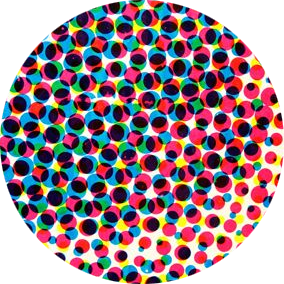Ms. Marvel, Feminism, and Sexist Tropes

When she debuted in 1977, Ms. Marvel/Carol Danvers was meant to resonate with second-wave feminism. But her costume, powers, and introductory storyline bear evidence of sexist tropes that can interfere with the character’s aspirational empowerment. 1/11 #CaptainMarvel #TheMarvels




In addition, while Ms. Marvel is granted an atypically physical powerset, including superstrength, energy manipulation, and flight, her overall empowerment is undercut by the ways her introductory narrative references the misogynistic trope of female hysteria. 5/11

Initially, Danvers doesn’t know she’s Ms. Marvel; she has no control over her transformations or memory of her exploits. Admittedly, this is not unlike some stories starring the Hulk. But the specific mobilization of this convention in Ms. Marvel is differently gendered. 6/11

As critic Alex Boney observes, Danvers’ transformations are signalled by “fainting spells and blackouts, which had been used to signal female hysteria and instability for centuries.” Hysteria discourse survives in the belief women are “too emotional” for leadership roles. 7/11

Compounding things, Danvers is under the care of a psychologist, Michael Barnett, who is also a love interest. Barnett learns the truth of Danvers’ identity before she does, pathologizes her condition, and is in a problematically controlling position as her doctor/lover. 8/11

Thankfully, under new series writer Chris Claremont, Barnett was written out of the story. Danvers also learns the truth & gains control over her transformations. However, throughout Ms. Marvel vol 1, Danvers’ story continues to be defined by identity mysteries & conflicts. 9/11

Charitably, these identity mysteries and conflicts reflect the context of second-wave feminism, in which women fought for, and achieved, new opportunities while being forced to contend with enduring cultural, social, and institutionalized sexism. 10/11

But these conflicts also reflect ongoing uncertainty about what a female feminist superhero could or should look like, how she should behave, and who she should appeal to. In our next thread, we’ll discuss how female readers reacted to and informed these conflicts. 11/11
